TISSAMAHARAMA (YALA)
Tissamaharama is a town in the Southern Province of Hambantota District, Sri Lanka. Today, the city serves primarily as a starting point for visits to Yala National Park and Kataragama. It used as early as the 3rd century B.C to be the capital of the Sinhalese Kingdom of Ruhuna. Only few structures can still be seen today from that era.
After archeological excavations in 2010, the presence of normal early Tamils in Tissamaharama was verified. The Tissamaharama Tamil Brahmi inscription was investigated at the earliest stage in the southern city, a piece of black and red ware flat plate written in Tamil in the Tamil Brahmi script. Also dating back to that moment was the big artificial Tissa Wewa lake, which was component of an advanced irrigation system. In the area of Tissamaharama there are five primary lakes: Tissa Wewa ; Yoda Wewa ; Weerawila Wewa ; Pannegamuwa Wewa ; and Debarawewa.
ATTRACTIONS IN TISSAMAHARAMA

YALA NATIONAL PARK
Yala National Park, bordering the Indian Ocean, is Sri Lanka’s most visited and second biggest national park. The park is made up of five blocks, two of which are now accessible to the public and adjacent parks. The blocks have individual names for the adjacent region such as Ruhuna National Park (Block 1), and Kumana National Park or’ Yala East.’ It is located in the country’s southeastern area and is located in the southern province and province of Uva.
The park includes 979 km2 (378 sq mi) and is situated approximately 300 km (190 mi) from Colombo. In 1900, Yala was designated as a wildlife sanctuary and was one of the first two national parks in Sri Lanka, along with Wilpattu, which was established in 1938. The park is best known for its wildlife diversity. It is essential to preserve Sri Lankan elephants, Sri Lankan leopards and aquatic birds and has one of the world's largest leopard densities. The park was visited by around 156,867 visitors in 2002. Foreigners, particularly Europeans, make up 30% of the total number of tourists. Block I is the primary visiting region. However, Block III (primary gate in the Galge region on Buttala-Kataragama Road) and the adjacent Kumana Park or' Yala East' (primary gate in Okanda, not far from Pottuvil on the east coast) are also becoming famous on their own.
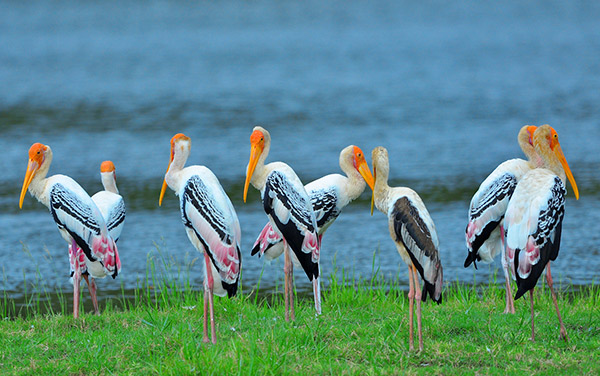
BUNDALA NATIONAL PARK
Bundala National Park is a wintering ground for migratory water birds in Sri Lanka that is of international importance. Bundala harbors 197 bird species, the highlight being the larger flamingo that migrates in big flocks. In 1969, Bundala was designated a wildlife sanctuary and on 4 January 1993 was reassigned to a national park.
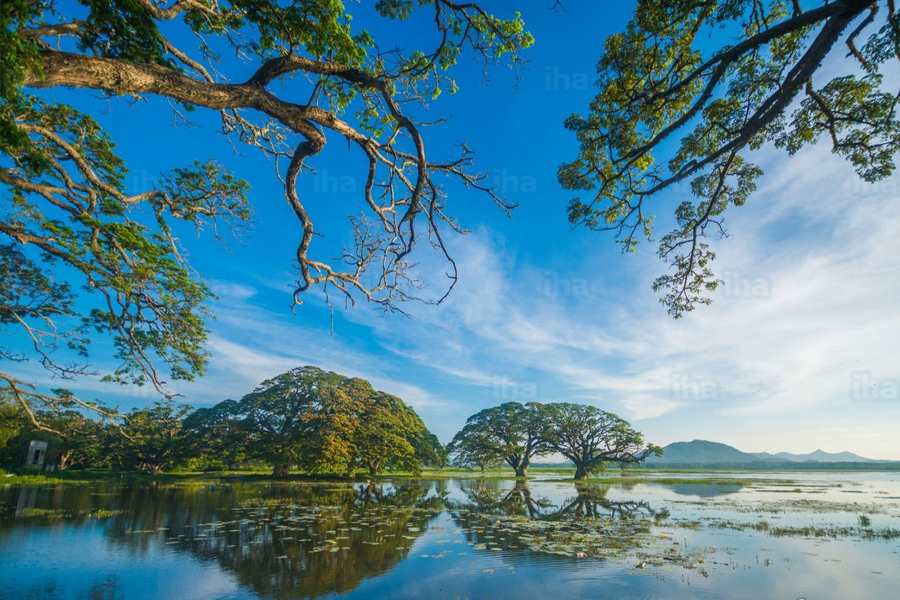
TISSA LAKE
The lake, an artificial reservoir, is believed to have been built by either Mahanaga of Ruhuna or his successor Yatala Tissa of Ruhuna in the 3rd century BC to irrigate paddy lands and supply water to Tissamaharama’s thriving town. In 1871, the lake was restored. The southern coast embankment (or bund) promotes the Tissa-Kataragama highway (B464), which is lined by ancient Indian rain trees planted by the British to provide shade.
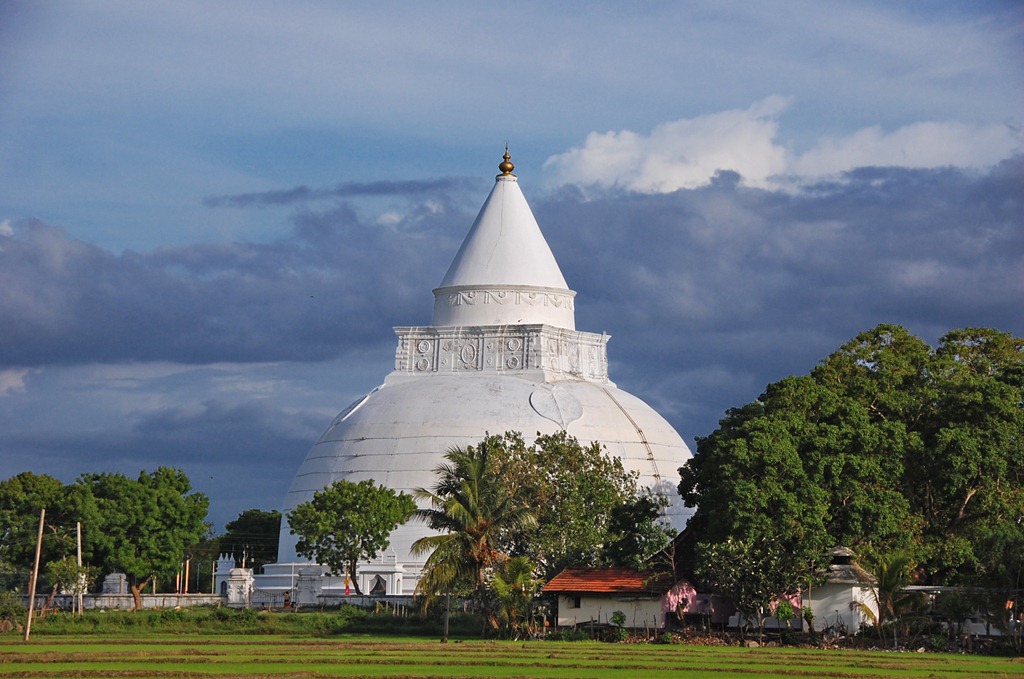
TISSAMAHARAMA TEMPLE
The Tissamaharama Raja Maha Vihara in Tissamaharama, Southern Province of Sri Lanka, is an ancient Buddhist temple. After Arhant Mahinda Thera’s arrival in the country, it was one of the four main Buddhist monasteries developed in Sri Lanka. The site of the Tissamaharama Raja Maha Vihara was consecrated by Lord Buddha himself, who spent some time there meditating with 500 arhats during his third trip to the island.
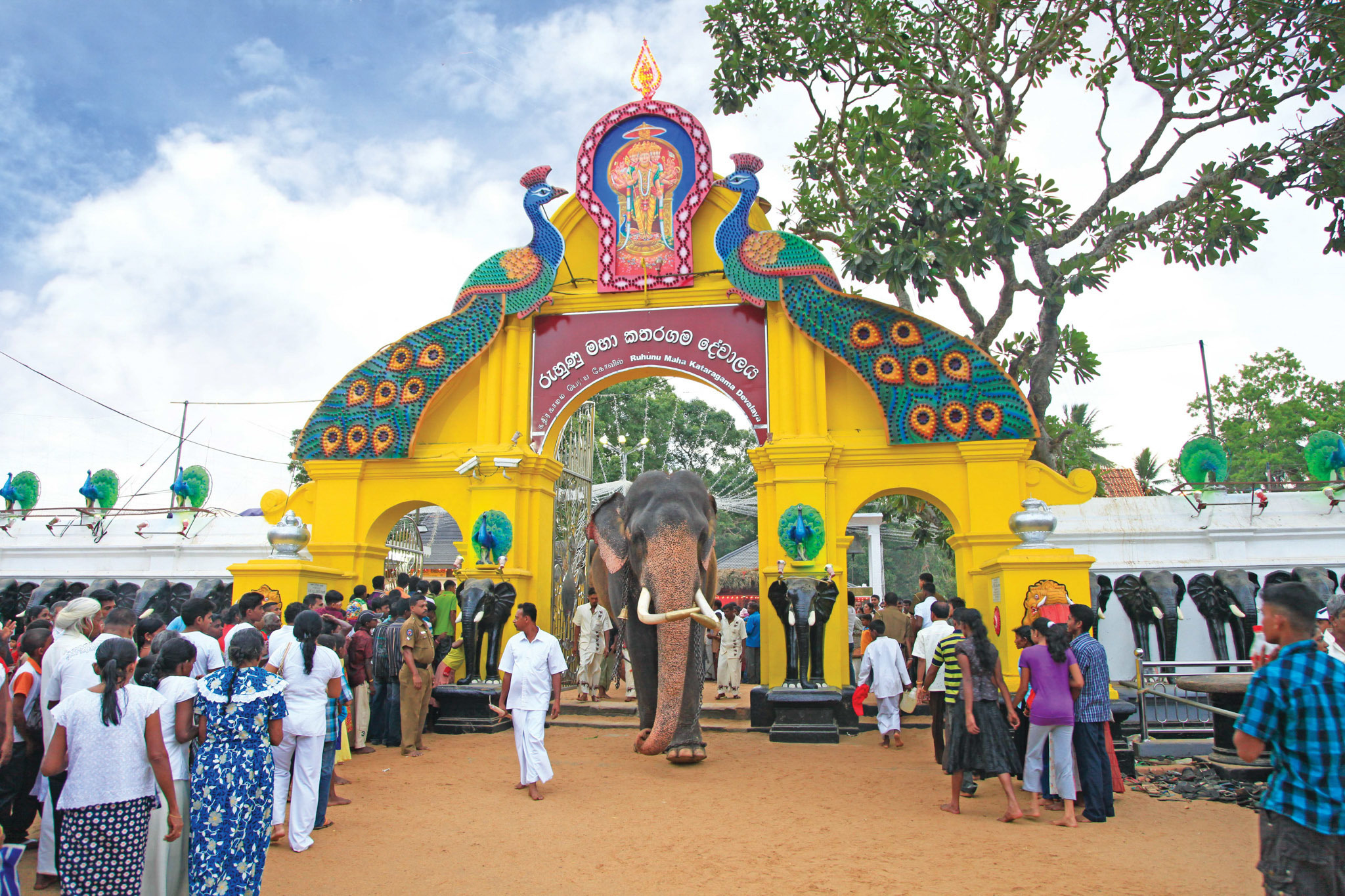
KATARAGAMA TEMPLE
Kataragama is a sacred pilgrimage city for the Sri Lankan people of the Buddhist, Hindu and indigenous Vedda People. There are also people from South India going to worship there. The town has the Kataragama temple, also known as Kataragama deviyo, a shrine devoted to Skanda Kumara. Kataragama is situated in the province of Uva, Sri Lanka’s Monaragala District.
Although in medieval times Kataragama was a tiny village, today it is a fast-growing township encircled by jungle in Sri Lanka's southeast region.
Also a significant attraction in the Kataragama region is the ancient Kiri Vehera Buddhist stupa, which is thought to be constructed by the regional king Mahasena in the 6th century BC. The city has a venerable history from the last centuries BCE. It was the seat of government during the days of the Rohana kingdom of many Sinhalese kings. The town has experienced many changes since the 1950, with successive governments investing in public transport, medical facilities, and hotel services and business development.
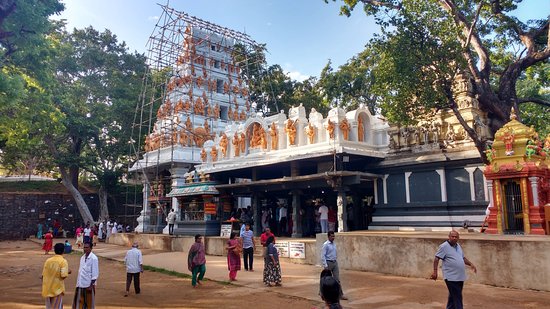
SELLA KATARAGAMA TEMPLE
Sella Kataragama is a tiny city on the banks of Menik Ganga about 4 kilometers north-west of Kataragama, weaved in the legends of the Kataragama deity (Skanda Kumaraya) just as much as Kataragama itself.
Skanda is also known as Murugan, Arumugam, Kandasami (Skanda Swami), Subrahmanya, and so on, according to Hindu beliefs. Many legends describe the birth of this deity and according to Hindu legends, after a fight with his wife Thevani, God Skanda went to Sri Lanka and landed in the southern portion of the island.
One day he saw a lovely 16-year-old local girl named Valli adapted by the tribe's veddha chief living in the region.
Incapable of winning her love, Skanda consulted with his brother Ganesh to assist him. Finding that Valli feared elephants, Ganesh was planning to appear as an Elephant and Skanda for her rescue. Ganesh gave Skanda a pot of water before turning in to the elephant and requested him to pour the water on him after the planed assault to turn back to the human form.
When Skanda approached Valli at Sella Kataragama as an old man, she was choking on some food and he dropped all the water in the eagerness to help her. At the same moment, Ganesh appears and scares her in the shape of an elephant. Skanda provided to assist her with the marring condition. Valli consents to marry him without decision and then he appears in his real form. But sadly, since Skanda dropped the water, Ganesh has to remain with an elephant head. And later the newly wedded couple is thought to have lived in Sella Kataragama.
